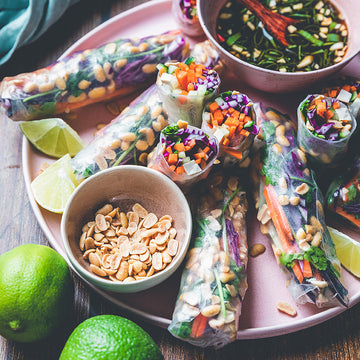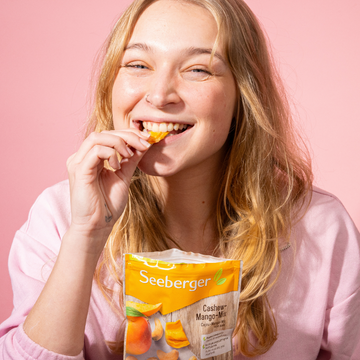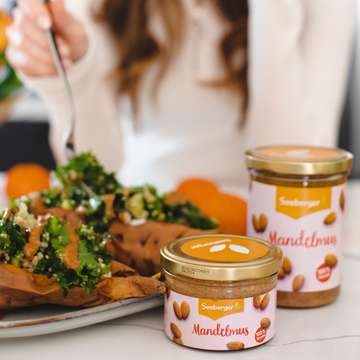Have you ever thought about how much space your cycle gets in your life? It is often perceived as annoying, painful or - in the transition to adulthood - even embarrassing. Today, however, we would like to take a special look at your cycle.
Note: This article is aimed at menstruating people and offers specific nutritional tips in line with the menstrual cycle. If you are not part of this target group, you are welcome to use the article as inspiration for other aspects of nutrition or recommend it to someone for whom the information may be relevant.


Cycle nutrition = body-conscious nutrition
Phase 1 - The follicle phase: courage, desire and drive

Phase 2 - The luteal phase: pain, cravings and mood swings
